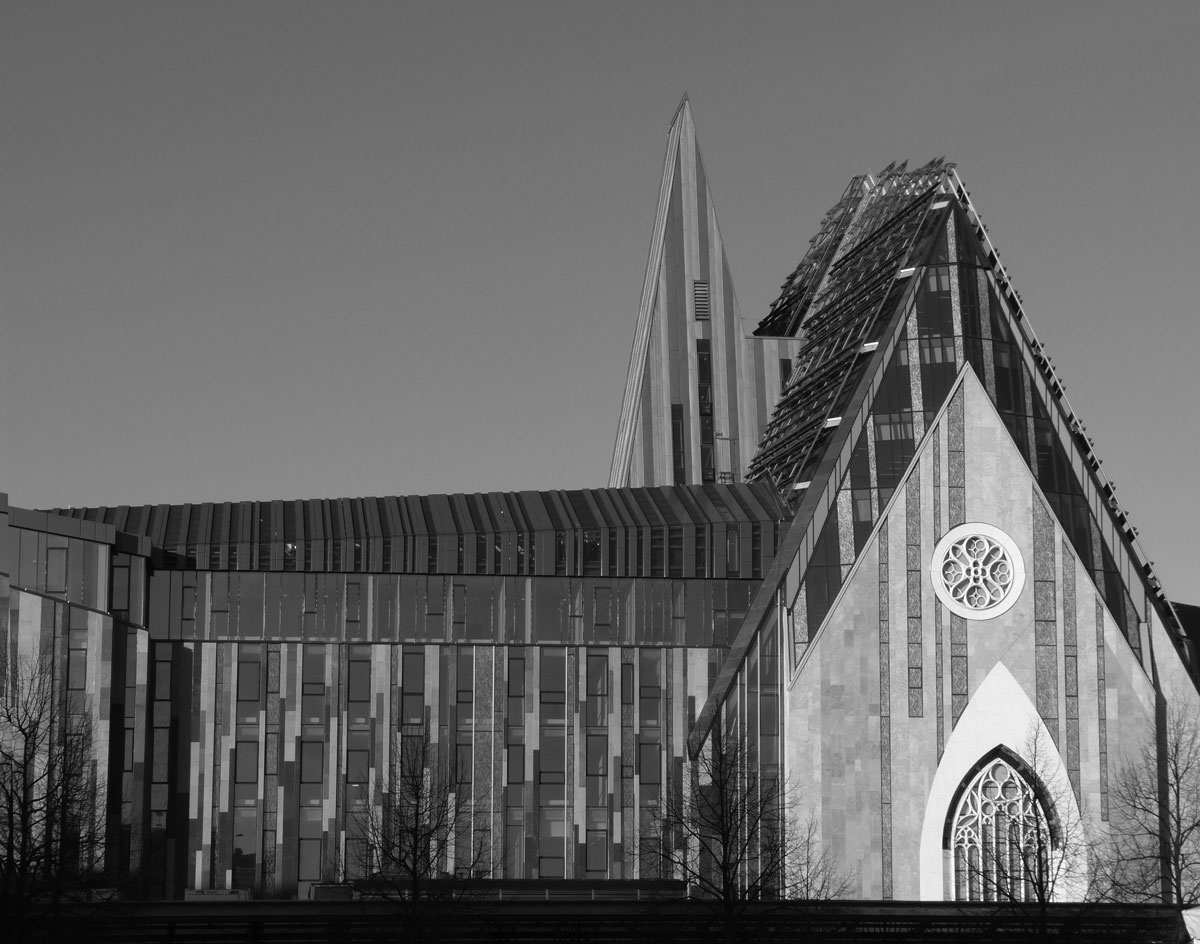The University of Leipzig
The University of Leipzig (Alma mater lipsiensis), Germany's second oldest university, was founded in 1409 and in 2009 celebrated its 600th anniversary. It was and is a sought-after study destination and has been attracting internationally reputed scholars over the centuries, like the polymath Leibniz, Lessing, Goethe and Heisenberg. As a classical comprehensive university hosting approximately 30,000 students and about 100 study courses, the University of Leipzig covers the entire scope from natural sciences, law and medicine to diversified humanities courses. As a center of scientific research with about 3000 research projects, the university is a key element of the research landscape of Leipzig among six other universities and almost 20 additional research institutions.
The totally renovated inner-city complex at Augustusplatz (Augustus Square) is the central campus of the University of Leipzig. The new build Paulinum is reminiscent of the 1968 destroyed university church and was chosen as a design element of WI2013 due to the connection between tradition and modern trend. In addition to the modern seminar and lecture hall buildings, the new build Augusteum with its Auditorium Maximum offers best conditions for hosting the WI2013.

New Augusteum (Neues Augusteum)
The New Augusteum (Neues Augusteum) is the main building of the University. The building designed by Erick van Egeraat accommodates the Auditorium Maximum, the gallery of the University's art collection and the premises of the Faculty of Mathematics and Computer Science.
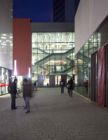
Lecture Hall Building
The renovated lecture hall building is equipped with twenty-one small, medium and large auditoriums. In addition, it harbors the university computer center and the new branch of the university library, which is open 24 hours a day.
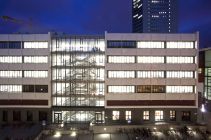
Seminar Building
The seminar building forms the western end of the inner-city campus. It is connected on the north end to the institute building, and on the south end to the new refectory “Mensa am Park”. It accommodates renovated seminar rooms and computer pools.
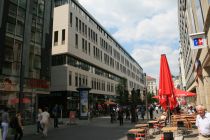
Institute Building
The new institute building of the university runs along the bustling boulevard leaving Augustusplatz (Grimmaische Straße). While the ground floor offers space to various shops, the upper part of the building comprises the Faculty of Economics and Management and the Information Systems Institute.
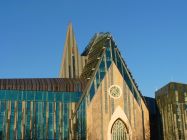
Paulinum
The new Paulinum is the intellectual and spiritual center of the University of Leipzig. The building is architecturally reminiscent of the blasted university church and will serve various purposes. These include university ceremonies, concerts, conferences as well as events from external partners. The opening ceremony of the Paulinum is scheduled for 2013.

Leibniz Forum
The Leibniz Forum is the central courtyard of the new campus surrounded by the buildings of university life such as lecture hall building, auditorium maximum, copy shop, travel agency, bookshop, job placement service and small cafeteria. In addition the Leibniz Forum is a place for summer festivals and open-air concerts. Here, urban and university life can come together on a day-to-day basis.
Refectory (Mensa am Park)
In the southwest corner of the campus the new refectory underlines the new and modern face of the university. In addition to the actual refectory operation, the prominent building provides a bicycle garage in the basement and houses the offices for the university radio "Radio Mephisto".
Pictures: University Leipzig press office/Randy Kühn (1,4), Swen Reichhold (2,3,6)
Pressestelle der Universität Leipzig/Randy Kühn (1,4), Swen Reichhold (2,3,6)
Pressestelle der Universität Leipzig/Randy Kühn (1,4), Swen Reichhold (2,3,6)
Pressestelle der Universität Leipzig/Randy Kühn (1,4), Swen Reichhold (2,3,6)
Source of Images: Press Office of the University of Leipzig / Randy Kuehn (1,4), Swen Reichhold (2,3,6); Christian Hrach (5)
